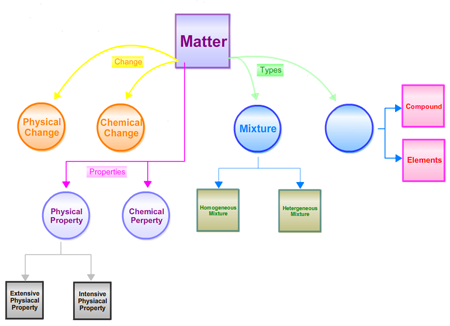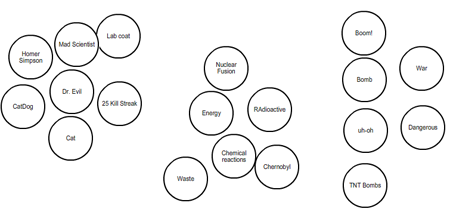|
|
The Missing Links
08/31/2010
| Michele Benoit, Bangor High School
(Ocean Systems)
Tags: concept mapping, educator post, 07.28.10 webinar
|
To prepare for a recent COSEE webinar, I went over the concept maps my students had made over the last year. Looking at them en masse rather than individually, I noticed something I'd missed earlier: No matter what the topic, whether the map was done in class or as extra credit, no matter how pleasing or valid the concepts, not one student had included linking phrases. Sure, the lines and arrows were there, connecting concepts, spot on, but that's where it started and finished. Once the lines were snapped, students called it good.
Given that I'm a total newbie with concept mapping--great at classical Roman numeral outlines, mind you--all I can guess is that I focused so much on the structure of the students' maps, that I allowed the connecting lines to speak more than their fair share.
After COSEE-OS staff introduced the concept mapping tools to my general chemistry classes, I felt ready to launch. I tried out a pre-and post-assessment on atomic structure. I gave students a list of 12-15 words, and asked them to create a concept map based on what they knew at that moment, without outside resources. Words they didn't know were left to the side.Then, once we'd done the unit, students created a new map, but still without outside resources. Later on, for a unit exam--partly to encourage students to stud-- I offered a sweet deal: Create a concept map for our unit on matter; earn extra credit AND use the map on the test.
 A student concept map created in an introductory chemistry class. |
Later in the year, I used the COSEE concept mapping tool as a brainstorming, free-association activity on nuclear chemistry. With the map page projected on the screen, students shared what came to mind when they heard the term "nuclear chemistry." When we were done, I asked how we might organize the rather random group of terms...what went together? What was revealed? Lots of pop cultures references, from The Simpsons to video games, real-time topics such as nuclear power and weapons, and misconceptions like many-eyed mutant fish. Everyone got to add a piece, and I had a great place to start my lesson.
 A class "brainstorming" map on the topic of nuclear chemistry. |
But still, what about the links? After mentioning this to others, I learned the dearth of linking phrases can be an occupational hazard in the concept mapping world--and not just with children. The phrases either were absent, non-descriptive ("is") or repetitive ('contains"), none of which revealed how the students were thinking about the ideas. My plans this year include more modeling up front: Once a set of concepts are plotted, I'll ask students to throw out different words for the links and record multiple phrases without comment. As a group, we can then discuss which words might be the strongest.
Just like writing poetry, the first word you think of is usually the easiest, but mostly not the best. Another technique I'll try is borrowed from a colleague: He gave students a concept map and provided a set of linking phrases, like a word bank. His students still had to think through how the phrases would fit, but they also saw examples of strong linking phrases. I'll report back how things go.
Michele Benoit is a science teacher at Bangor High School in Bangor, Maine. She has worked with COSEE-OS since 2009 when she began using our concept mapping software in her chemistry classes. She also presented her work at the July 28, 2010, ROLE Model Webinar ("Gulf Oil Spill Impacts & More").
Have thoughts on this post? Send us a note and we'll share your ideas!
|

